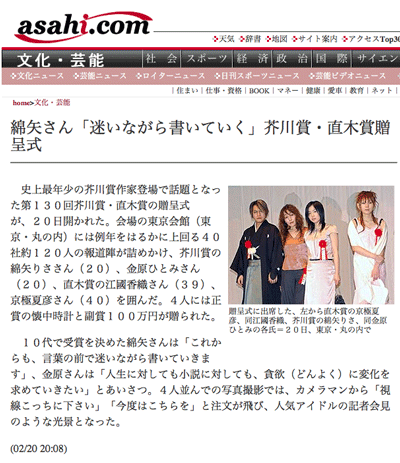Readings in Contemporary
Japanese Literature
JAPAN 433
Mondays, Wednesdays, and Fridays 12:30pm-1:50pm
Professor Ted Mack
Savery Hall, room 153

Japanese Literary &
Cultural Studies at UW
This year's course will focus on the most recent recipients of the most famous literary prize in Japan, the Akutagawa Prize for literature. The two works awarded the prize in March of this year were Wataya Risa's "Keritai senaka" and Kanehara Hitomi's "Hebi ni piasu." This year's award has created a media sensation, partly because of the age of the recipients. At 20, Wataya (born 1 February 1984) became the youngest recipient of the prize in its 70 year history. In addition, her book sold its millionth copy on 17 March 2004, making it the bestselling Akutagawa Prize-winning work since Murakami Ryû's Almost Transparent Blue in 1976. Kanehira is only slightly older than Wataya, having been born 8 August 1983.
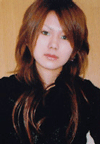 |
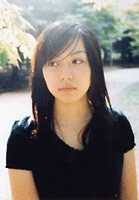 |
Kanehara Hitomi |
Wataya Risa |
Although both texts are available as electronic reserves through this website to members of the class, because of the length of Wataya's work, we will be focusing on Kanehara's "Hebi ni piasu." Students are advised that the work contains mature content.
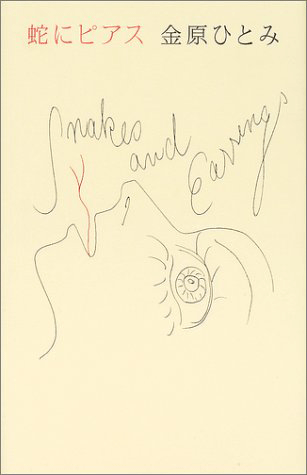
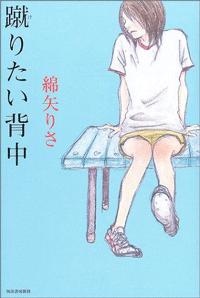
About the Course:
This course focuses solely on developing advanced Japanese reading skills through practice. Students read through contemporary Japanese short stories on their own and then meet to go over that reading, focusing on grammar and vocabulary but also discussing literary devices and effects. Unlike most other language offerings, this course is made up of readings that have not been tailored or selected for ease of comprehension. Students read the most celebrated short stories of recent years, regardless of difficulty, in their complete form. The goal of the course is to introduce students to the real complexity and beauty of literary Japanese, while providing them with the tools necessary to read even the most challenging fiction. The hope is that the course will begin students on a lifelong path of reading Japanese literature – whether professionally or recreationally.
JAPAN 313 or its equivalent is an absolute requirement; JAPAN 431 and 432 are highly recommended. A high level of Japanese reading ability is required; expect the gulf between third-year Japanese readings and these stories to be substantial.
The syllabus below will be in flux throughout the semester as we move through the story. The pace shown on the schedule below is a guideline only. Watch the online syllabus and talk with your classmates about where we are for any given class meeting.
Required Materials:
- All materials will be made available as electronic reserves (in PDF format), which can be accessed through links on this page. Our primary reading is Kanehara Hitomi's "Hebi ni piasu." We will be reading the version of the story that appeared in the March 2004 issue of Bungei Shunjû. It is available as an electronic reserve reading to students in the class in low resolution (PDF, 2.4MB). Students can also download Wataya Risa's "Keritai senaka." It is available as an electronic reserve reading to students in the class in low resolution (PDF, 3.0MB). Downloading of the text will imply acceptance of applicable copyright laws.
- Vocabulary lists and worksheets will be made available to members of the class in PDF form as the course progresses. You can download the complete vocabulary list.
- In order to read PDF documents, you must have Adobe Acrobat Reader, which is free and can be downloaded here.
Grading:
- Participation, preparation, and worksheets — 50%.
- Vocabulary Quizzes — 30%.
- Final Exam — 20%.
Press coverage
(in English):
The New York Times
27 March 2004
![]()
Press coverage
(in Japanese):
Asahi shimbun
17 March 2004
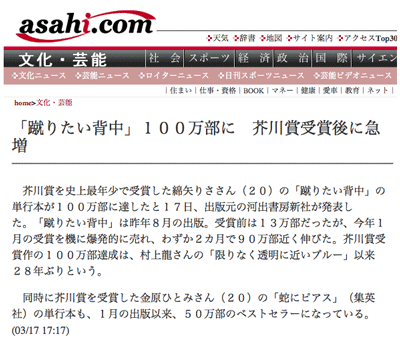
Asahi shimbun
17 March 2004
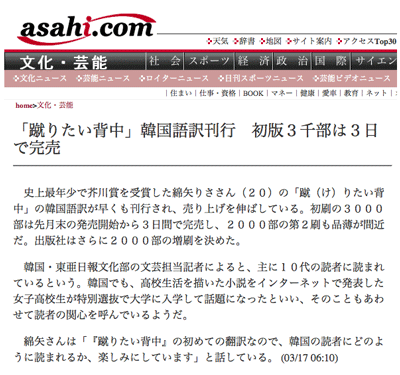
Yomiuri shimbun
17 March 2004

(jump from 343b, l. 20 to 345b, l. 5)
Participation, preparation, and worksheets (50%):
All class members will be expected to complete assigned readings before class meets. Class meetings will involve recitation in Japanese, translation, and discussion of grammar in either English or Japanese. Every student will be called on at every class meeting; likely each will be called multiple times. Inadequate preparation will result in a reduction of one’s participation grade. Late arrivals disrupt class; therefore you are expected to arrive on time. Please turn off all beepers and cell phones before class begins.
Vocabulary Quizzes (30%–every Monday, unless otherwise noted):
Quizzes may have multiple components: vocabulary, grammar, and translation. Vocabulary questions will address both the readings (yomikata) and meanings of important words encountered in the text. Grammar questions will address specific construction encoutered in the story. Translation questions will involve sentences chosen from the reading.
Final Exam (20%–Thursday, June 10, 8:30-10:20 am, Savery 153):
The final exam will have vocabulary, grammar, and translation questions drawn from the entire story.
Japanese-Japanese dictionary: Shinmura Izuru, ed, Kôjien. Fifth edition. Tokyo: Iwanami Shoten, 1998.
Japanese character dictionary: John M. Haig, et al, ed. The New Nelson Japanese-English Character Dictionary. Tokyo: Tuttle, 1997.
Japanese-English dictionary: Koh Masuda, ed. Kenkyûsha's New Japanese-English Dictionary. Fourth Edition. Tokyo: Kenkyûsha, 1974.
The copyright law of the United States (Title 17, United States Code) governs the making of photocopies or other reproductions of copyrighted materials. Under certain conditions specified in the law, libraries and archives are authorized to furnish a photocopy or other reproduction. One of these specified conditions is that the photocopy or reproduction is not to be "used for any purpose other than private study, scholarship, or research." If a user makes a request for, or later uses, a photocopy or reproduction for purposes in excess of "fair use," that user may be liable for copyright infringement.
More press coverage
(in Japanese):
Asahi shimbun
23 February 2004

Asahi shimbun
20 February 2004
